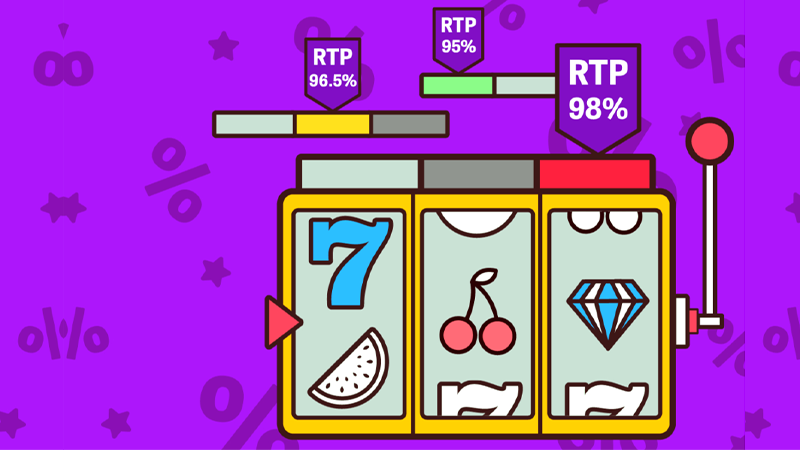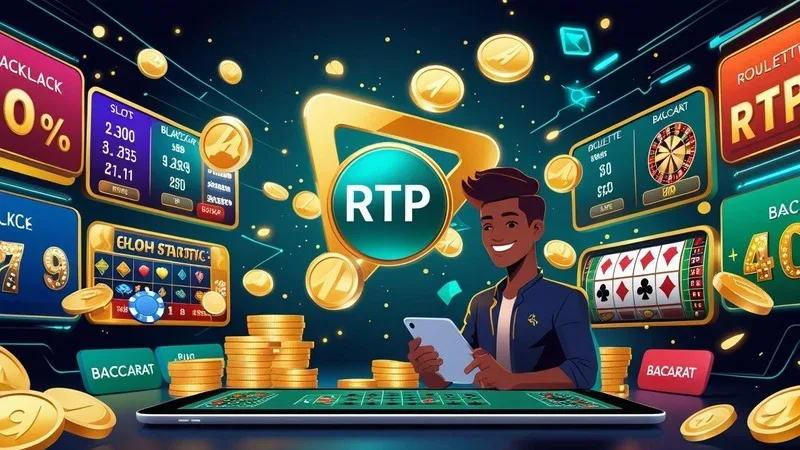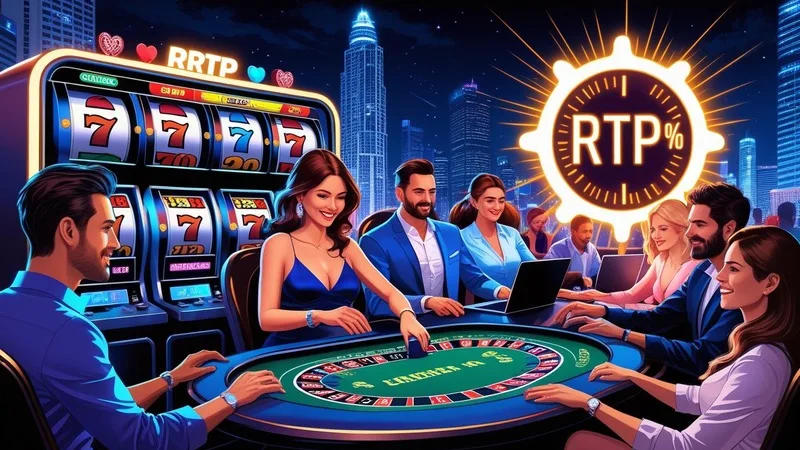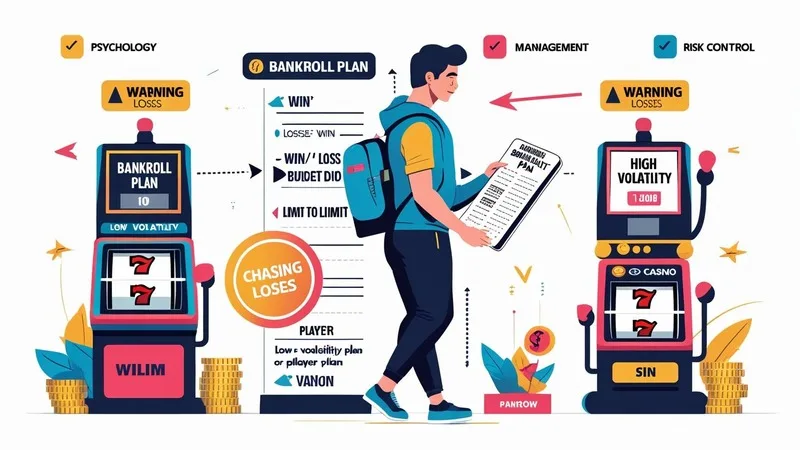Return to Player (RTP) represents one of the most fundamental concepts in online casino gaming, yet it remains widely misunderstood by many players. RTP refers to the theoretical percentage of all wagered money that a slot game or casino game returns to players over an extended period of play. This statistical measure serves as a crucial indicator of a game’s long-term payout potential.
In slot games and online casinos, RTP functions as a mathematical expression of the game’s generosity, typically ranging from 85% to 99%. A slot with 96% RTP theoretically returns $96 for every $100 wagered over millions of spins. This percentage directly influences the casino’s house edge and provides players with valuable information for making informed gaming decisions.
Players increasingly prioritize RTP when selecting games because it offers insight into potential long-term outcomes and helps optimize their gaming strategy. Higher RTP games theoretically provide better value for money, making them attractive to both casual and serious players who want to maximize their entertainment budget.
However, this focus on RTP raises a critical question: does a higher RTP percentage automatically translate to better winning chances in the short term? Understanding the answer requires deeper exploration of how RTP actually functions in practice and its relationship with other crucial gaming factors.
2. How RTP Works
RTP calculation involves complex mathematical analysis based on millions of theoretical game rounds rather than short-term play sessions. Game developers and testing laboratories simulate extensive gameplay scenarios to determine the average return percentage across vast numbers of spins. This process ensures statistical accuracy while accounting for all possible game outcomes and their respective probabilities.

The relationship between RTP and House Edge represents two sides of the same coin. If a game has 96% RTP, the house edge equals 4%, meaning the casino theoretically retains 4% of all wagers over time. This mathematical relationship helps players understand the long-term cost of their entertainment and compare different games objectively.
Understanding RTP’s theoretical nature is crucial for realistic expectations. RTP represents statistical probability rather than guaranteed individual outcomes, meaning actual results can vary dramatically from theoretical projections during any specific gaming session. The percentage only becomes meaningful across thousands or millions of game rounds.
For example, a slot with 97% RTP doesn’t guarantee that wagering $100 will return $97. Instead, it indicates that across millions of spins by thousands of players, the total return approaches 97% of all money wagered. Individual sessions can result in significantly higher or lower returns, with some players experiencing substantial wins while others face considerable losses during the same period.
3. Does High RTP Mean Easy Wins?
The assumption that high RTP equals easy wins represents one of the most common misconceptions in online casino gaming. While RTP influences long-term returns, it doesn’t determine short-term winning frequency or individual session outcomes. Several other factors significantly impact the actual gaming experience and winning patterns.
Volatility, also known as variance, plays a crucial role alongside RTP in determining game behavior and winning patterns. This measure indicates how frequently and consistently a game pays out, regardless of its overall return percentage. High volatility games may offer substantial jackpots but infrequent wins, while low volatility games provide more frequent but smaller payouts.

Consider a high RTP game with significant volatility: players might experience long periods without wins followed by substantial payouts that balance the overall return percentage. These games can quickly deplete bankrolls during dry spells, despite their favorable long-term statistics. Conversely, games with moderate RTP but low volatility might provide more consistent, smaller wins that extend playing time and provide steady entertainment value.
Medium RTP games with low volatility often deliver more predictable experiences, offering regular small wins that maintain player engagement without dramatic swings. These games may suit players who prefer steady gameplay over the excitement of chasing large jackpots with inherent risks of extended losing streaks.
Random Number Generators (RNG) ensure that each game round remains independent and unpredictable, regardless of RTP percentages. Every spin, deal, or game round operates independently of previous results, meaning past outcomes never influence future results. This randomness prevents players from predicting wins based on RTP alone and maintains game integrity across all sessions.
4. Benefits of Choosing Games Based on RTP
Selecting games with higher RTP percentages provides measurable advantages for long-term players who engage in extended gaming sessions over time. These benefits become more apparent as playing volume increases, making RTP particularly valuable for regular casino players who want to optimize their entertainment investment.
Comparing slots with different RTP percentages illustrates the mathematical advantage over extended play. A slot with 90% RTP theoretically costs players $10 per $100 wagered long-term, while a 98% RTP slot costs only $2 per $100 wagered. This 8-percentage-point difference significantly impacts overall gaming costs for players who engage in regular casino activity.
Higher RTP games particularly benefit players with sustainable bankrolls and long-term gaming strategies. These players can weather short-term volatility while positioning themselves to benefit from favorable mathematical probabilities over time. The improved odds become more meaningful as playing volume increases, making RTP selection a crucial component of responsible gaming strategy.

Casino 91 Club offers several high-RTP slot options that demonstrate these principles in practice. Games like “Fortune’s Gold” feature 98.2% RTP, “Diamond Dynasty” offers 97.8% RTP, and “Lucky Stars Deluxe” provides 97.5% RTP. These titles combine favorable return percentages with engaging gameplay mechanics, giving players both entertainment value and mathematical advantages for extended play sessions.
The platform’s commitment to offering diverse RTP options allows players to match game selection with their individual preferences, bankroll size, and gaming objectives. This variety ensures that both casual players and serious gaming enthusiasts can find suitable options that align with their specific entertainment and financial goals.
5. Playing Tips and Other Factors Affecting Wins
Successful casino gaming requires considering multiple factors beyond RTP, including volatility levels and appropriate bet sizing strategies. Players should match their game selection to their bankroll capacity and risk tolerance, choosing low volatility games for extended entertainment or high volatility options for jackpot potential while understanding the associated risks.
Bankroll management represents the most critical factor determining long-term gaming success, regardless of RTP percentages. Effective money management involves setting clear spending limits, dividing bankrolls into appropriate session amounts, and never wagering money needed for essential expenses. Proper bankroll management extends playing time and reduces the risk of significant losses during unfavorable variance periods.

Maintaining stable gaming psychology prevents costly emotional decisions that can negate RTP advantages. Players should avoid “chasing losses” by increasing bet sizes after losing streaks, as this strategy often leads to accelerated bankroll depletion. Similarly, maintaining discipline during winning streaks prevents giving back profits through overconfidence or extended play beyond predetermined limits.
Recognizing appropriate stopping points requires both discipline and self-awareness. Setting win and loss limits before starting gaming sessions helps maintain control and ensures that both positive and negative outcomes remain within acceptable ranges. This approach protects profits during successful sessions while limiting losses during unfavorable periods.
6. Conclusion: How Should Players Understand and Apply RTP?
RTP is a useful tool for evaluating games and building long-term strategies, but it’s not a shortcut to instant wins. Understanding what RTP truly represents—and what it doesn’t—helps players set realistic expectations and make smarter decisions at the tables or reels.
Smart casino play goes beyond just knowing the RTP. It means understanding volatility, managing your bankroll with discipline, and staying emotionally grounded. When players combine all three, they gain control over their experience, reduce unnecessary risk, and get the most value from their entertainment.
At Casino 91 Club, we make this easier by clearly displaying RTP information on every game. Whether you’re chasing big jackpots or prefer slow and steady sessions, you’ll find detailed stats and transparent data to help guide your choices. Our platform is built on the belief that informed players are responsible players.
So don’t just spin blindly—play with a plan. Explore Casino 91 Club today, and choose games that align with your strategy, budget, and goals.

